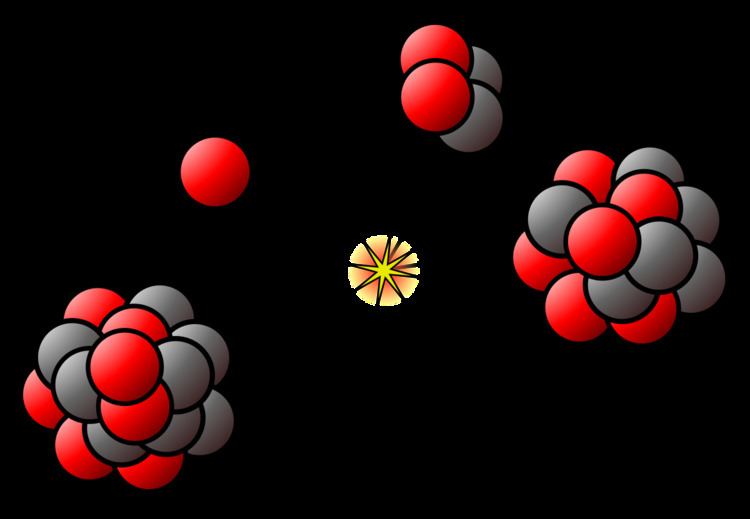 | ||
Mirror nuclei are nuclei where the number of protons of element one (Z1) equals the number of neutrons of element two (N2) and the number of protons of element two (Z2) equals the number of neutrons in element one (N1), such that the mass number is the same (A = N1 + Z1 = N2 + Z2).
As that Z1 = N2 and Z2 = N1, A = N1 + N2 = Z1 + Z2. By making the substitution Z1 = Z and Z2 = Z - 1, the mass number can be rewritten in the form 2Z - 1.
Examples of mirror nuclei:
Pairs of mirror nuclei have the same spin and parity. If we constrain to odd number of nucleons (A=Z+N) then we find mirror nuclei that differ one another by exchanging a proton by a neutron. Interesting to observe is their binding energy which is mainly due to the strong interaction and also due to Coulomb interaction. Since the strong interaction is invariant to protons and neutrons one can expect these mirror nuclei to have very similar binding energies.
